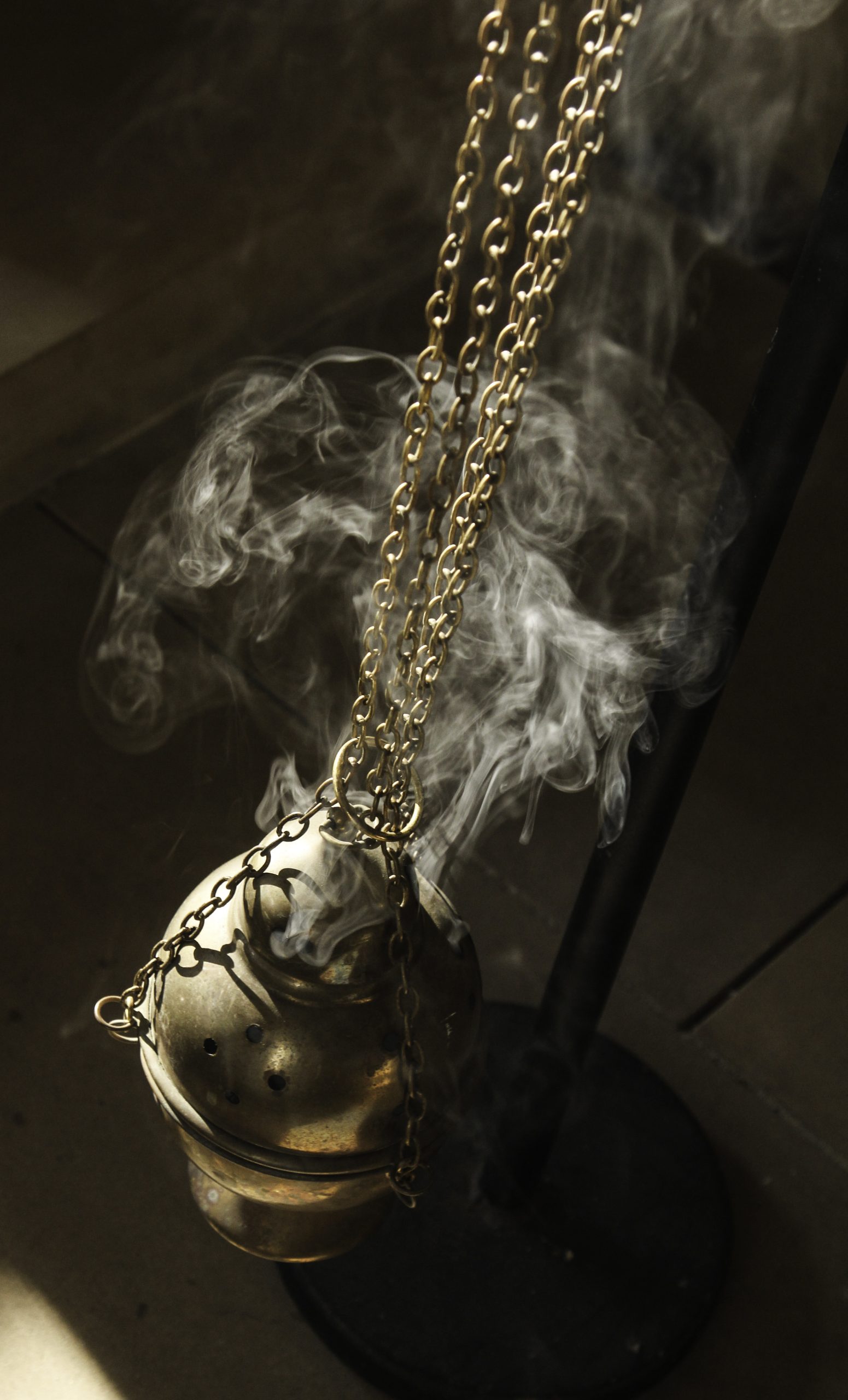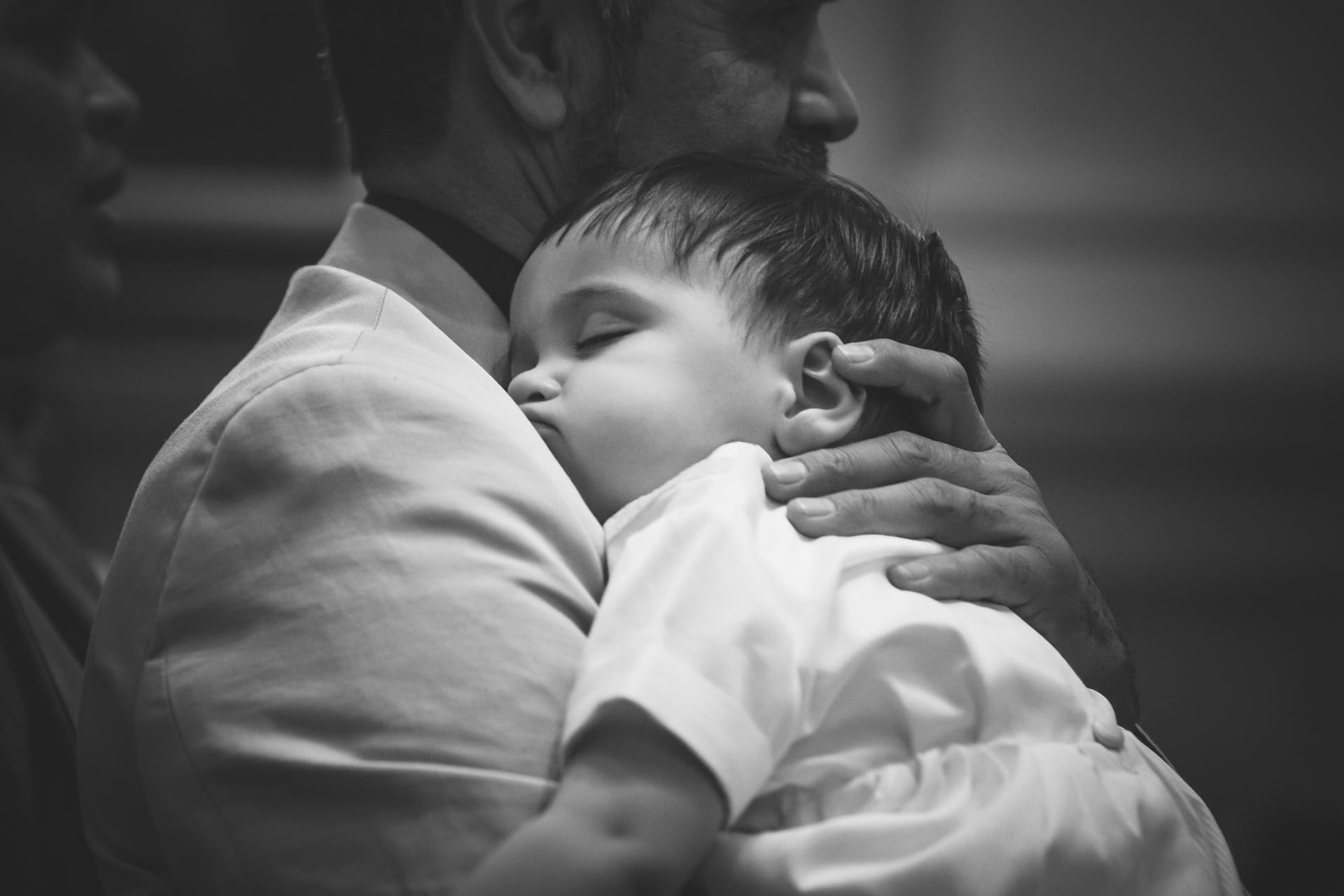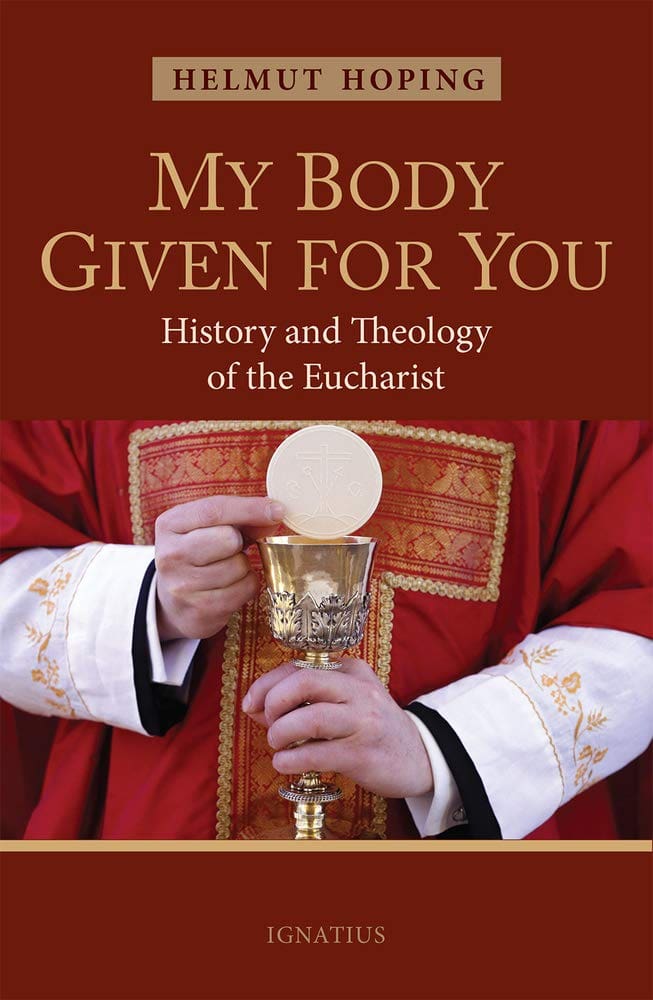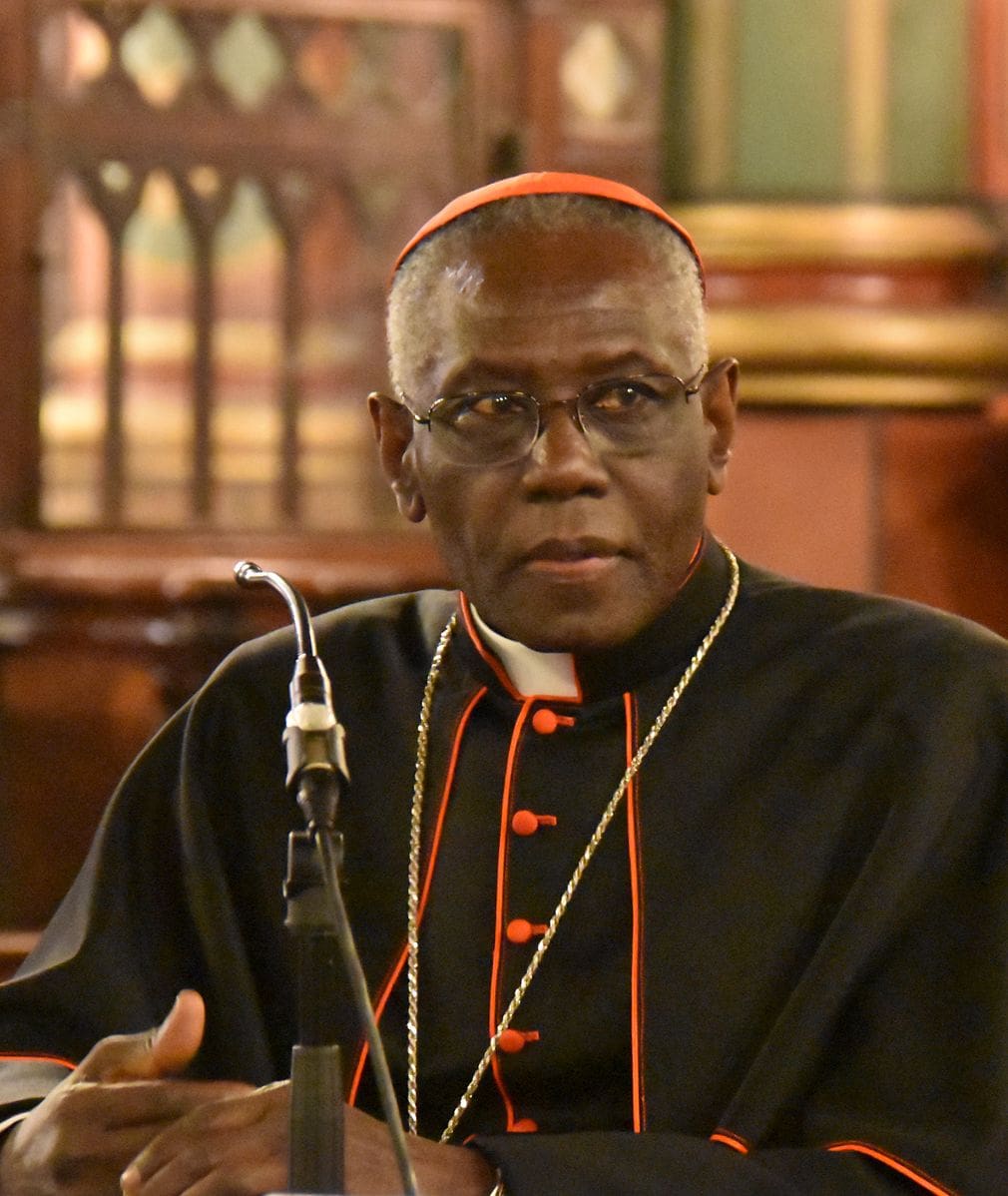
How quickly things change—even eternal things.
Six months ago, the Sunday Mass I attended was the typical mixed bag of successes and failures (humanly speaking). We did much of what the Missal directed, and did it well: sang the scriptural antiphons and a good part of the Order of the Mass; heard substantial and orthodox preaching; and completed a glorious redecoration of the church building. At the same time, also typical, attendance was low and still declining, there was little evangelization or social outreach stemming from the liturgy, and many ritual elements were misunderstood and minimized.
Three months ago, I didn’t attend Sunday Mass at all. For all I know, my pastor celebrated alone. He may or may not have familiarized himself with the General Instruction of the Roman Missal’s directions on how to celebrate Mass without a minister. No assembly; no hearing the scriptural word; no music; no sacramental grace.
Today, I’ve begun attending the public Mass on Sunday. And while I’m grateful to be back in the church, these first post-coronavirus Masses are filled with annoyances and aberrations. The masks of ministers seem to deface Christ himself. Singing is silenced for fear of “super-spreading” the virus. Sanitation stations stand where holy water once welcomed the faithful into the church. If you have returned to Mass yourself recently, you know what I mean.
But what about tomorrow? Or three months from now? Or six months from now? What will the liturgy look like then (presuming we’ve moved past the present pandemic)? What ought it look like? If it can change so drastically in the past six months, why can’t it change—for the better—six months from now?
For most of the world, the public celebration of the Mass has arrived at a “reboot” opportunity, a kind of liturgical “Ctrl-Alt-Del.” It is not only necessary that parishes develop a post-pandemic pastoral plan for the celebration of the sacred liturgy, but the occasion should be seen as an opportunity to leave behind liturgical practices that are not in accord with the tradition or the Roman Missal (e.g., the unnecessary multiplication of communion ministers), to strengthen ritual elements that have been done well (e.g., the ars celebrandi of the priest-celebrant), and to add or incorporate aspects that have yet to find a way into most Masses, despite being prescribed by the Missal (e.g., chanting scriptural antiphons rather than singing superficial songs).
What can a priest, a pastoral council, a parish, and even the person in the pew do to move the Mass more in line with the heavenly liturgy? Here are at least a few items to get the conversation started.
First, read and study the General Instruction of the Roman Missal and the Introduction to the Lectionary for Mass. When was the last time you read these? These documents are filled not only with instructions for carrying out the Mass properly, but they give the spiritual and theological rationale for why the Church celebrates the way she does. They will also remind us (or teach us for the first time) of sacramental elements that have for too long been overlooked: what are the musical options for the entrance chant? Or, who intones the Gloria? Or, when is incense (incense?!) used? A careful reintroduction to the introductory and preliminary material of the Mass will go a long way to recovering the Second Vatican Council’s and the sacred tradition’s view of the liturgy.
Second, review your Mass’s musical priorities. “The musical tradition of the universal Church,” says the Second Vatican Council, “is a treasure of inestimable value, greater even than that of any other art” (Sacrosanctum Concilium, 112). Indeed, what ritual element has more impact on participants than music? Most don’t exit the church doors reciting lines of the homily (unless these are especially egregious or enlightening), or remarking on the stained-glass windows, or even recalling much of the scriptural passages. Rather, the music’s melodies go through our minds and, probably, the texts that accompany them do as well. For this reason, the Church directs what is sung, by whom, and according to a hierarchy of importance. Yet, who knows the Church’s own musical preferences and priorities? If one were to judge according to the customary Mass-music repertoire, it would begin with four hymns and end with the Mass Ordinary—but this is not the mind of the Church. Now is the time to understand, teach, and plan to incorporate the Church’s own teaching on sacred music.
Third, drill down to liturgical essentials. Sacrosanctum Concilium’s definition of the liturgy is an excellent place to begin: “the liturgy is considered as an exercise of the priestly office of Jesus Christ. In the liturgy the sanctification of the man is signified by signs perceptible to the senses, and is effected in a way which corresponds with each of these signs; in the liturgy the whole public worship is performed by the Mystical Body of Jesus Christ, that is, by the Head and his members” (7). What is the “priestly office of Jesus Christ”? In fact—what does it mean to be a “priest” at all? What is “sanctification,” who is it for, and how does it happen? Why are “signs” so important in the liturgy? Who is the “Mystical Body of Jesus Christ”? What is my place in this Body, and what does it require of me? As the world continues to disintegrate (as all material things are destined to do) and even the local celebration of the Mass itself begins again “from scratch” for us, going back to the basics will lay a firm foundation moving forward.
Finally (although there is much more that can be said), become as docile, humble, and malleable as possible in the hands of God, at work in the liturgy. St. Irenaeus likened the Son and the Holy Spirit as the two hands of the Father during creation. Now, during our new creation, the same Son and Spirit form us into the divine likeness of the Father—if we will let them. If “pride cometh before the fall,” then humility cometh before the resurrection. St. Paul, in a line regularly quoted by Pope emeritus Benedict XVI, associates our worship with our renewal, and how we must reject the world (and, by extension, ourselves) and choose God: “I urge you therefore, brothers, by the mercies of God, to offer your bodies as a living sacrifice, holy and pleasing to God, your spiritual worship. Do not conform yourselves to this age but be transformed by the renewal of your mind, that you may discern what is the will of God, what is good and pleasing and perfect” (Romans 12:1). In other words, all the General Instructions and all the music and all the liturgical reflections in the world won’t do any good for the liturgy if we won’t humble ourselves as Christ did.
Pope John Paul II often exhorted the Church’s members to examine their liturgical consciences (see, for example, his Vicesimus Quintus Annus, Tertio Millennio Ineunte, and Spiritus et Sponsa), where one looks back on the teaching of the Council, evaluates present practices in its light, and then resolves to create excellence in the future. Unless we execute an authentic pastoral plan over the months ahead, there is a great danger that much of the liturgical minimalism and abnormality demanded by the pandemic will remain.


